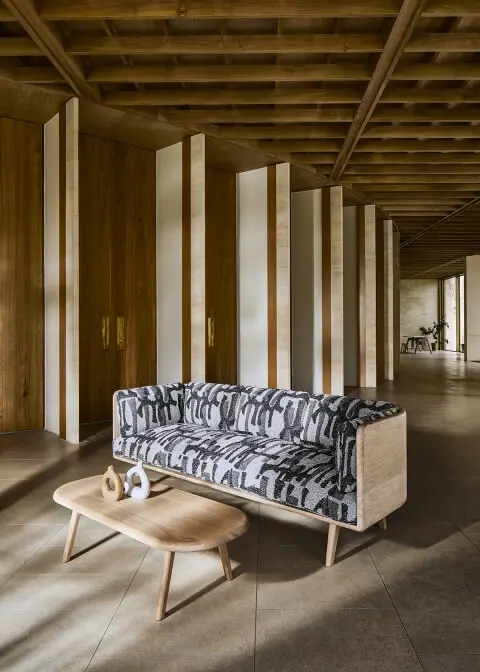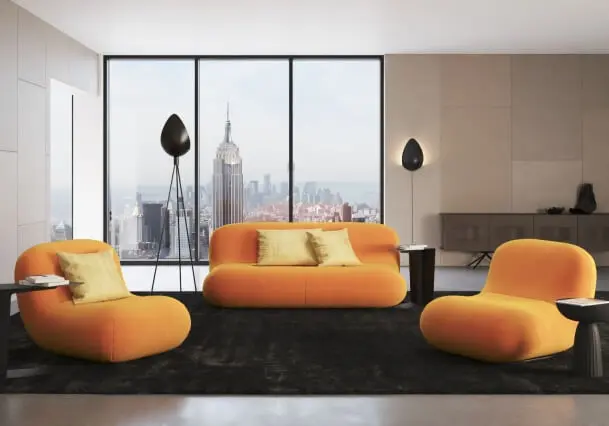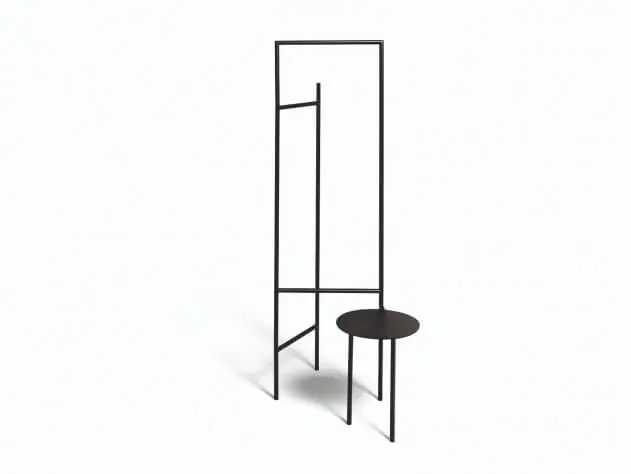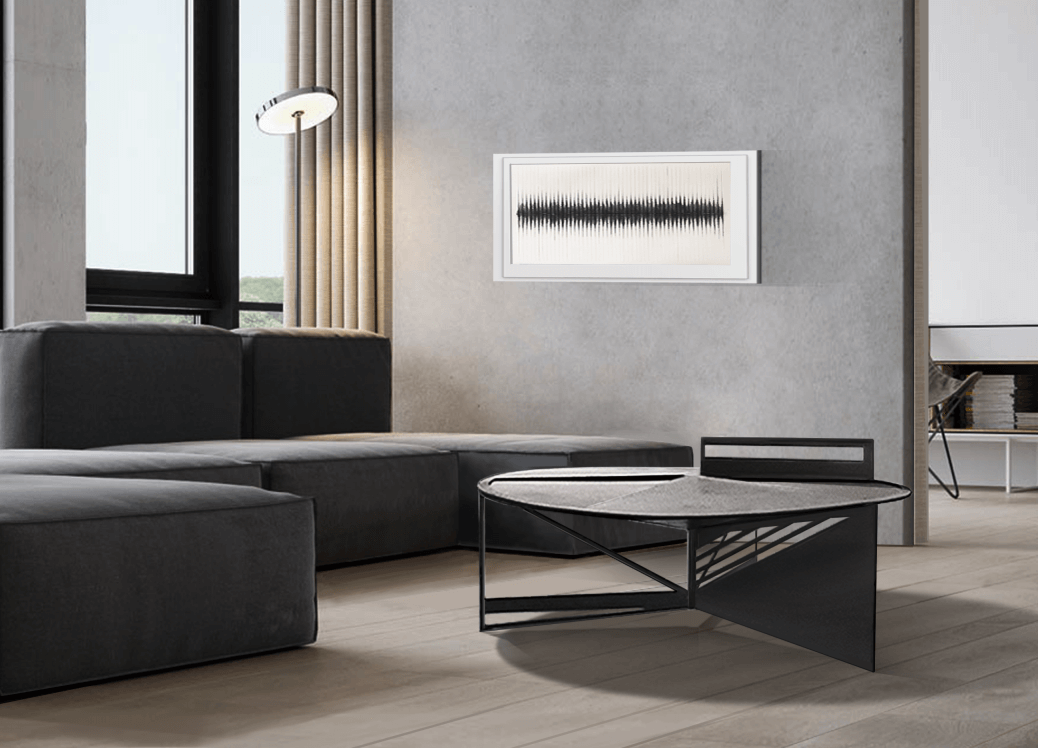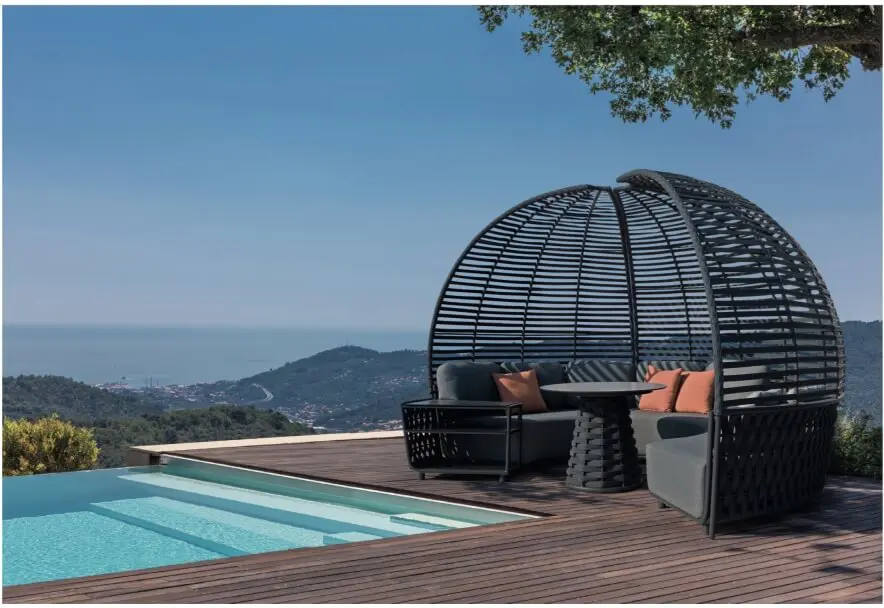Post-pandemic furniture and hybrid design prove popular at the SIT Furniture Design Award 2020

Celebrating its first-ever edition, here are ten of the best projects from the SIT Furniture Design Award.
When the first edition of the SIT Furniture Design Award opened for submission last year, you can imagine designers were waiting with baited breath to share their work. For a lucky few, being stuck indoors was a chance to hone their creative spirit, which this award set out to discover.
The prize is open to submissions on a global level, accepting entries from designers and emerging talent from all around the world. Entries from 53 countries are reviewed by an esteemed jury panel of creatives and industrial designers who evaluate all submissions based on the highest of current furniture design standards and trends.
The SIT Furniture Design Award winners cover a broad range of categories across furniture and interior design. Prizes include a trophy and an extensive digital marketing campaign to help promote their brand and their creative work forward. The event also awards a yearly winner of the “Digital Innovation Center” who receives a cash prize of USD$4000 to realize a prototype and/or start production.
In light of the global pandemic, this year the prestigious competition focused its efforts on showcasing strategic thinking and imagination, recognising the major shift in our routines because of the global pandemic. These designs are aimed at solving a problem, accommodating our new habits, or innovating something else entirely – let’s take a look at some of our favourites…
Merry-Go-Round Table by Basir Amir
Whether you think the distinction between play toys and design furniture is important or not, you can’t deny the genius behind the Merry-Go-Round Table. Designed by Basir Amir, in an upright position, this is a simple coffee table with a rotating top. When turned over, it becomes an indoor merry-go-round.
Lockdown measures have thrown a spotlight on multi-purpose or convertible furniture like this, which saves space and money. Amir combines clean design lines with natural wood and tubular steel, stripping away all excess for a clean, warm and unassuming design. Modest joinery details complement the simple design while allowing ease of assembly.
Sage by David Rockwell for Benchmark
Versatility continues in David Rockwell’s office furniture collection, although, office isn’t quite the right word. Working closely with British furniture maker Benchmark, Rockwell group aimed at creating a series optimised for the workplace, but would feel at home in hospitality or residential spaces.
Harnessing the power of biophilic design, the collection features flexible pieces, which transform at the touch of a button or a toss of a pillow. The collection includes sit-stand desks, meeting tables, dining tables, sofas, occasional tables, and storage, all with natural materials, colours, and textures, and inviting ergonomic shapes.
Chelsea Collection by Karim Rashid
When New York designer Karim Rashid set out to create the Chelsea collection, he envisioned his designs transforming compact spaces with their fluid forms. Featuring lightweight designs crafted using cold-cure foam over a steel frame, Rashid has opted to remove all hard surfaces and sharp edges in favour of a simple and sensual aesthetic.
“To put a small, soft environment in a small apartment really makes sense,” says Rashid. The collection comprises a 2.5-seater sofa with a matching chair crafted using cold-cure foam over a steel frame and high-quality springs, and includes a concealed wooden plinth in black to create a levitating effect. It also includes wall, floor-standing and pendant lamps.
Interested to know more about Karim Rashid and his Chelsea Collection? Don’t miss “What is left if you take the design away?” – Interview with Karim Rashid.
Lattice Chair by Chen Kuan-Cheng
Taiwanese designer Chen Kuan-Cheng was inspired by waterfalls when he designed the Lattice chair, which combines the flexibility of bamboo and the strength of wood. Mimicking the fluidity of water, the designer has interwoven strips of bamboo to create a seat and backrest with an ergonomic design that supports complete postural flexibility.
This element is attached to a wooden frame, which has been bent into a single armrest design intended to symbolise the fusion of Eastern and Western cultures whilst allowing multiple ways of sitting. It also makes the chair incredibly strong yet light – the chair only weighs 4kg but can withstand more than 120 kg of weight.
Circulum by Raketa
Although “floating shelf” designs aren’t exactly unique, their novelty still hasn’t worn off. Storage solutions that seemingly float somewhere between the floor and the ceiling are often space-saving or at least aesthetically pleasing. The floating curriculum shelf by Slovenian studio Raketa is both.
Circulum’s central design element is a tray that sits on a cylindrical pendulum beneath a steel rod. Both are attached to a slim wire that holds the entire weight of the floating shelf, whilst the rod holds the tray and the weighted pendulum. It’s easy to imagine the shelf as a chic bedside table in a hotel or a handy key holder at the front door amongst other uses.
Garderobier by De Padova
Danish designer Lovorika Banovic created Garderobier as a stool, valet stand and a partitioning system all-in-one. Simple and elegant, an unobstructive metal structure has horizontal bars at different heights and a round surface intended for use as a stool or small table.
With this myriad of options it’s easy to see Gardeobier functioning in very different spaces: in hospitality and retail, for example, a luxury design spa or a boutique; or somewhere at home, maybe in the bedroom or even the foyer if you’re swanky fancy enough to have one.
D-Drum Stool by Deap Design LLC
The D-Drum stool is actually several stools and it’s a table. Sure, you could probably place any chair anywhere but Californian studio Deap Design wanted to create something that genuinely looked at home in nearly any situation. Designed in a series of muted colours, D-Drum is created from recycled plastic making it suitable for use both indoors and out.
Deap Design sees the D-Drum as an everyday stool that literally goes from day to night. It can be used as a shower stool; at breakfast, lunch and dinner; in the back garden around a picnic table; and next to the bed at night. Its’ name comes from its resemblance to a Doric drum, a section of a Greek column with almost scalloped edges.
TWIST Armchair by Dorottya Párdányi
Understanding that sustainability isn’t limited to material choices, Danish designer Dorottya Párdányi explores new opportunities for creating sustainable furniture. As well as being easily flat-packed, the TWIST armchair focuses on transportation-related costs to reduce its carbon footprint.
It comprises eight different parts, which can all be replaced thanks to sturdy joints that make it easy to disassemble the chair in a matter of minutes. The aim of the TWIST armchair was to design a superb quality knockdown chair whilst offering a stylish, upmarket look and feel once assembled: mission accomplished.
TRIGON by Aiden Lee
Minimalism doesn’t mean less stuff, just less stuff on display. At least, that’s the definition according to New York designer Aiden Lee who has created the Trigon coffee table, which not only serves as a decorative piece but a smart storage solution hiding everyday items beneath its surface.
Intent to keep domestic spaces as clean and clear as possible, Lee has incorporated a handle on the coffee table’s razor-thin top that rotates to reveal two secret compartments. When closed, these elements are still visible to the naked eye and the handle becomes somewhat redundant but together they make up the Trigon’s strikingly graphic appearance.
HUG Pavilions by Normand Couture
Designed by furniture studio Normand Couture, the HUG Pavilion outdoor seating collection is a majestic statement with infinite possibilities when it comes to configuration and style. Blending seamlessly into seating solutions that are capable of worming around gigantic pools, the collection is designed for use in multiples as well as alone.
It encompasses armchairs, sectionals, multiple modular elements, chaises lounge, ottomans, tables, and several other units. There’s also the option to cocoon various sections with a slatted canopy, which attaches to HUG Pavilion’s aluminum frame to create a cozy corner for shelter when finally escaping outdoors.
Get ready for the next edition of SIT Furniture Design Awards, submissions are open for designers worldwide!



